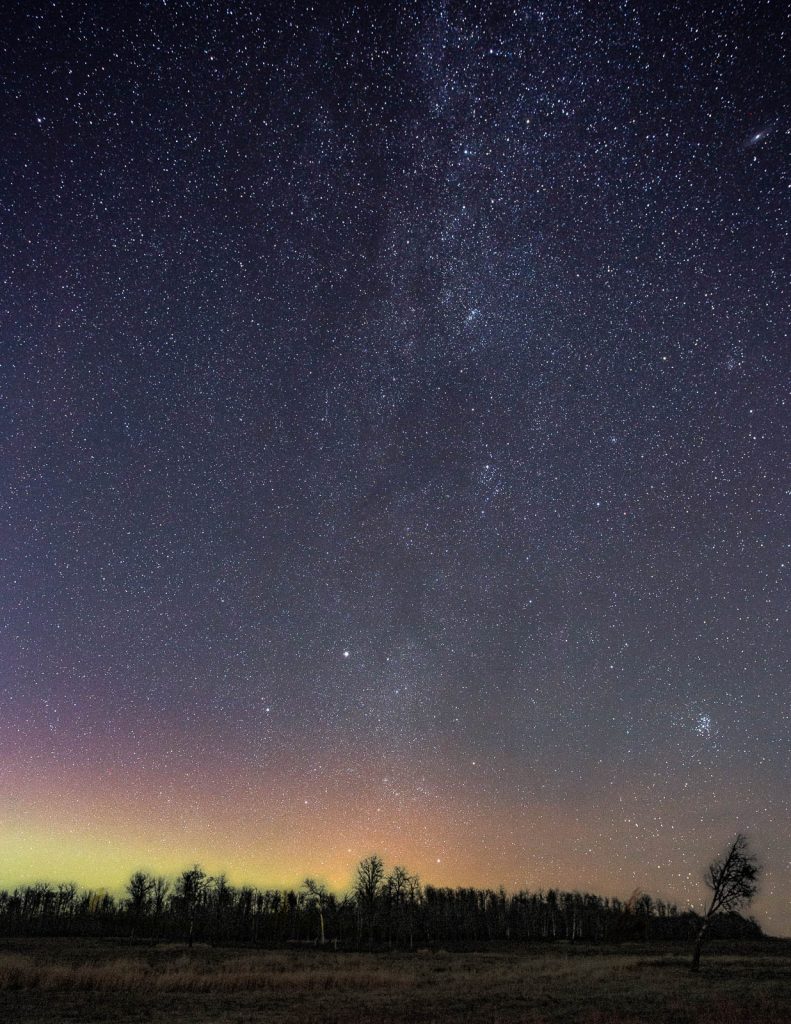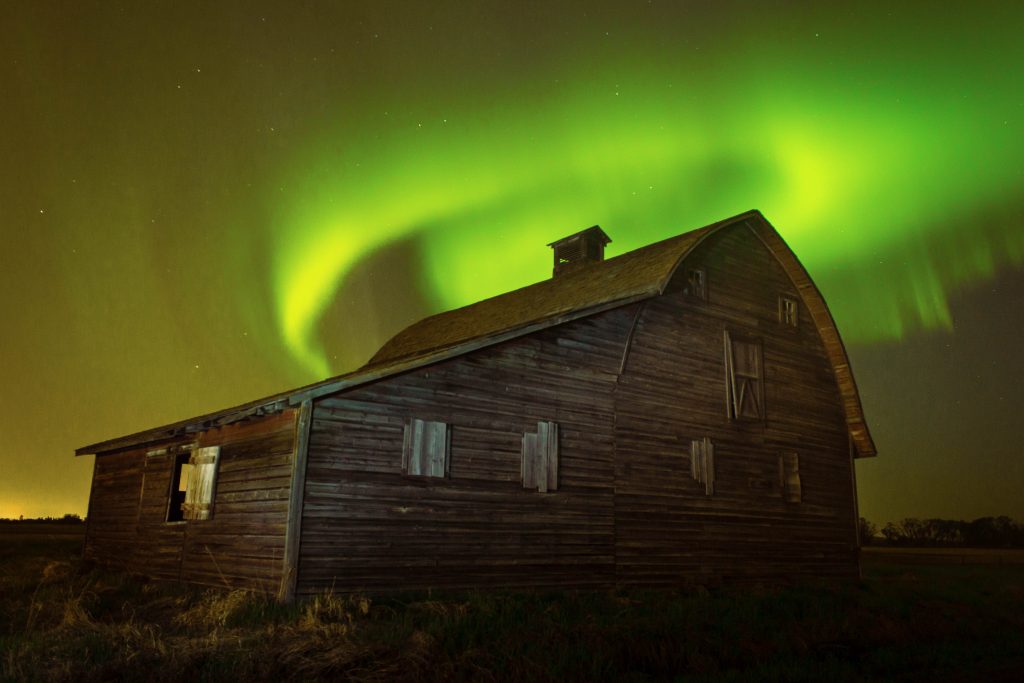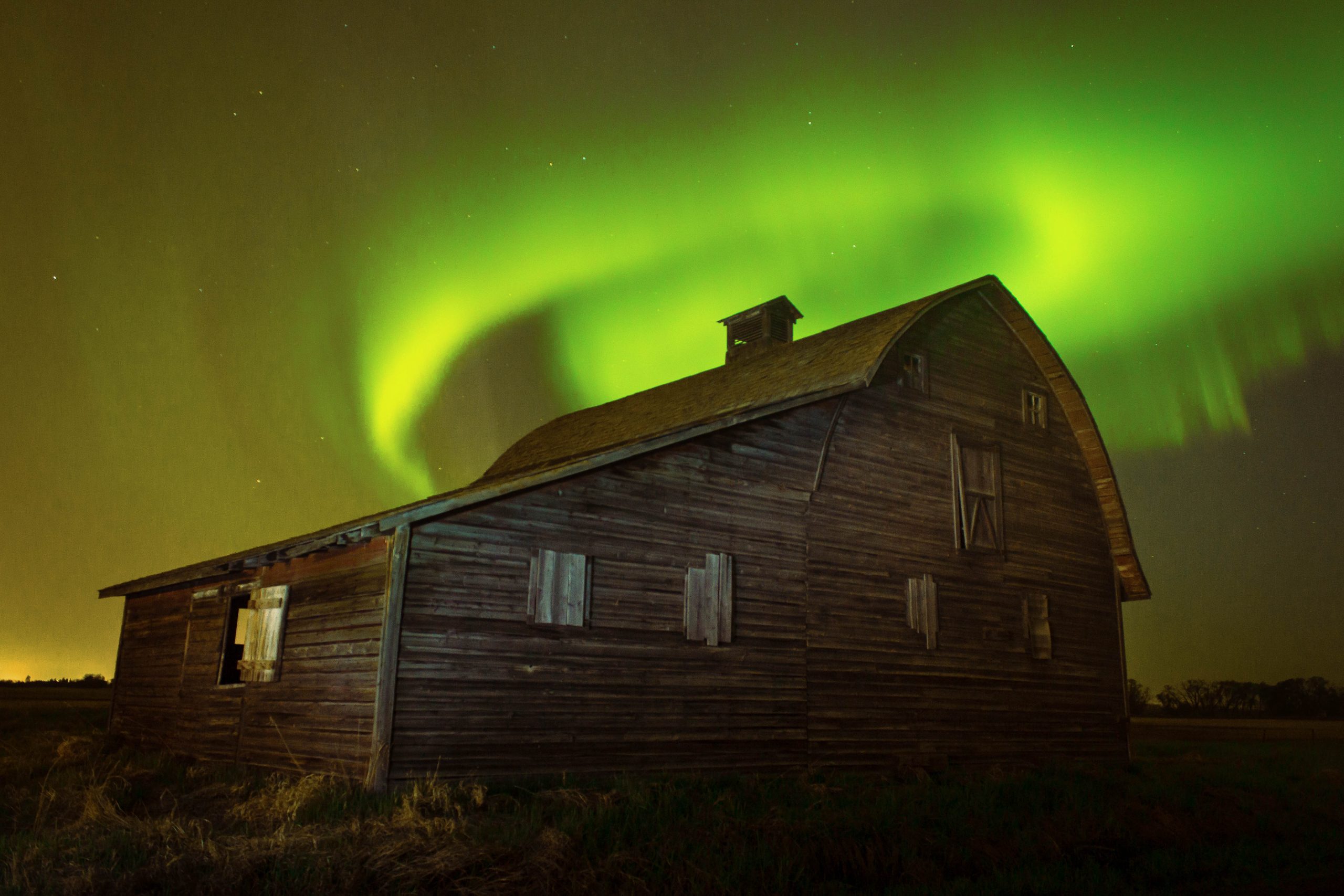In Alberta, the winter solstice is a dark time. Not just figuratively, but literally. Sunrise waits until 8:53AM to grace us with it’s glow, and at 4:17PM that Sun will disappear over the horizon, gone for the day. Seven and a half hours of light – most of it golden-hour light (thank goodness for small mercies) followed by 17 hours of darkness.
So what to do in that darkness? Well the sky is indeed on the menu, though night photography, and more specifically astro-photography takes a special soul. For those desperate to image though, the night sky offers some incredible views if you’re willing to work for them.

When the thought of long sessions imaging the stars however doesn’t grab you – you still have that persistent and inconsistent visitor in the skies. The Aurora Borealis. The aurora’s in western Canada are known world-wide, and like our European cousins in the northern regions – the skies can be both awe-inspiring and ominous. Nights where the aurora are in full swing can feel crushing – as though the ghostly ethereal lights can reach right down and burn your skin. When they do – the opportunity to fill a frame however, can be more incredible than you might imagine.

If you’re looking to capture these Aurora – you’ll need a few things. Luck is a good first requirement, because no matter how much you KNOW about what’s coming from the Sun, the Aurora tend to operate on their own timetables and whims. To improve your chances, bookmark my Aurora Chasing Dashboard to get up to date predictions and tools to help plan your next evening chasing the green.
Best of Luck!
/Greg


